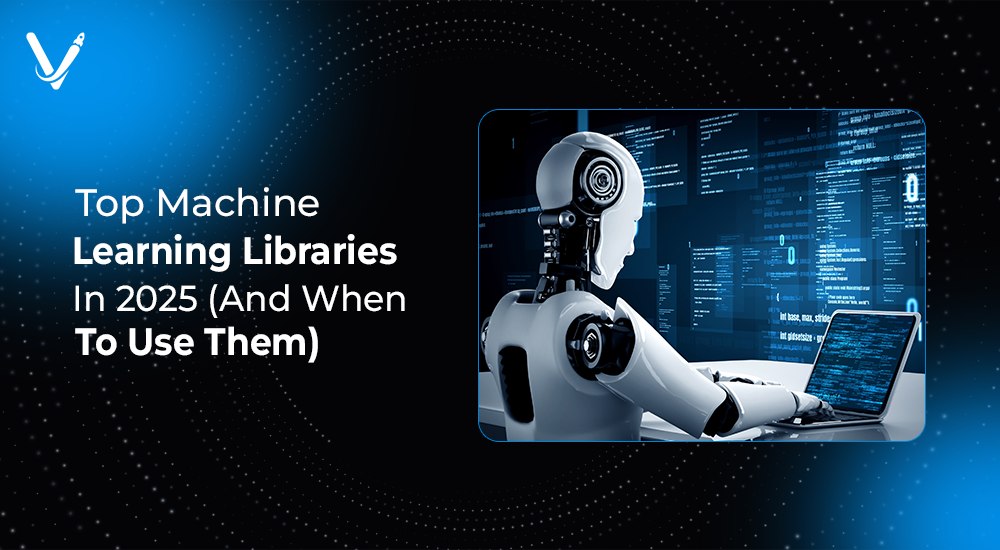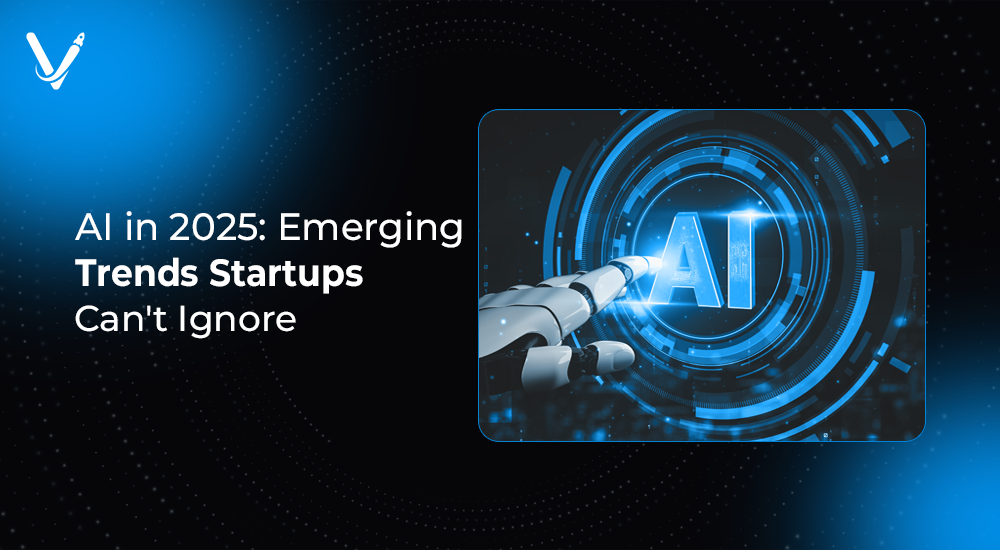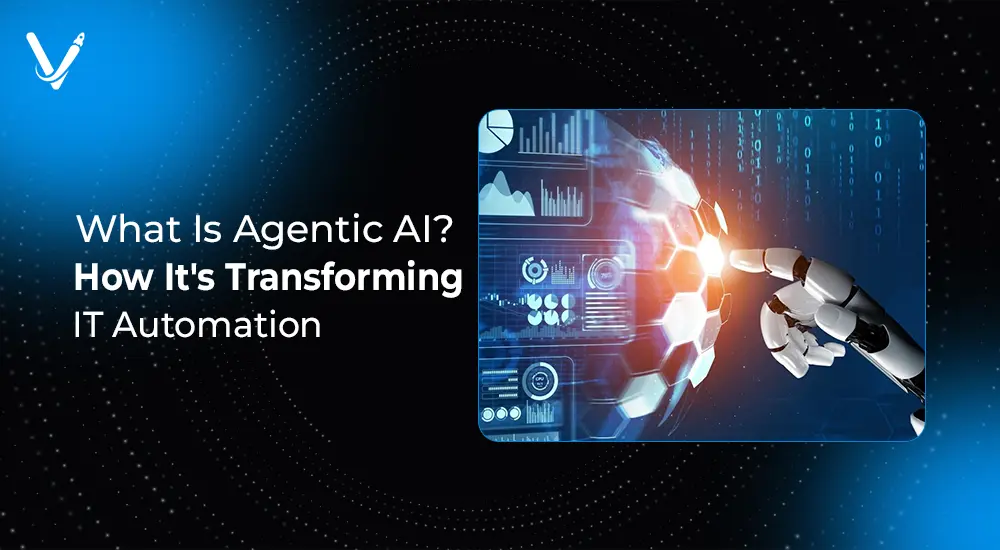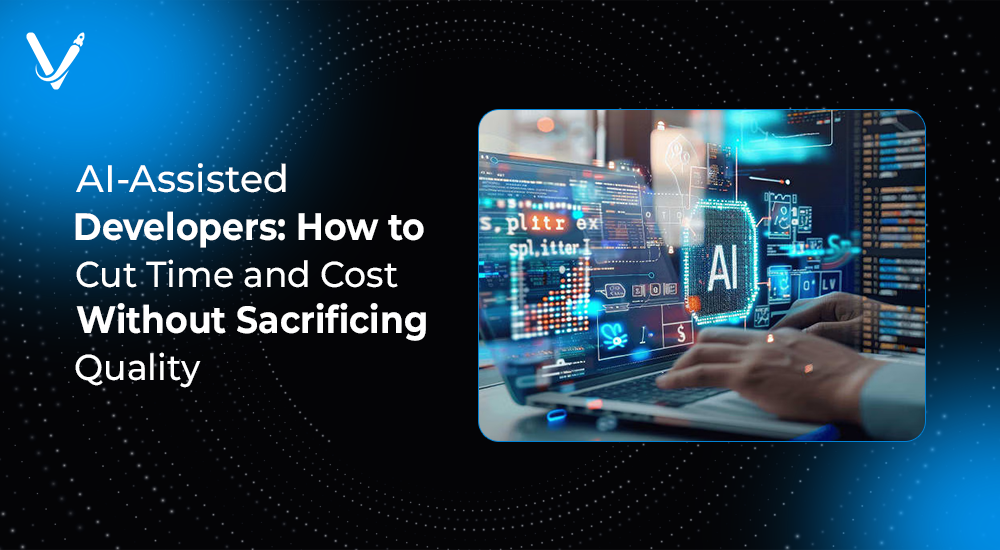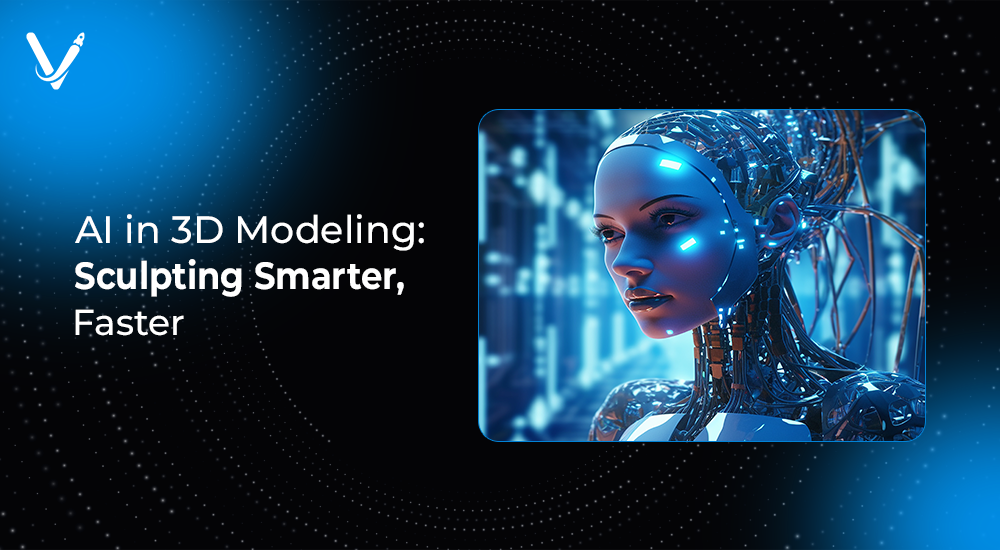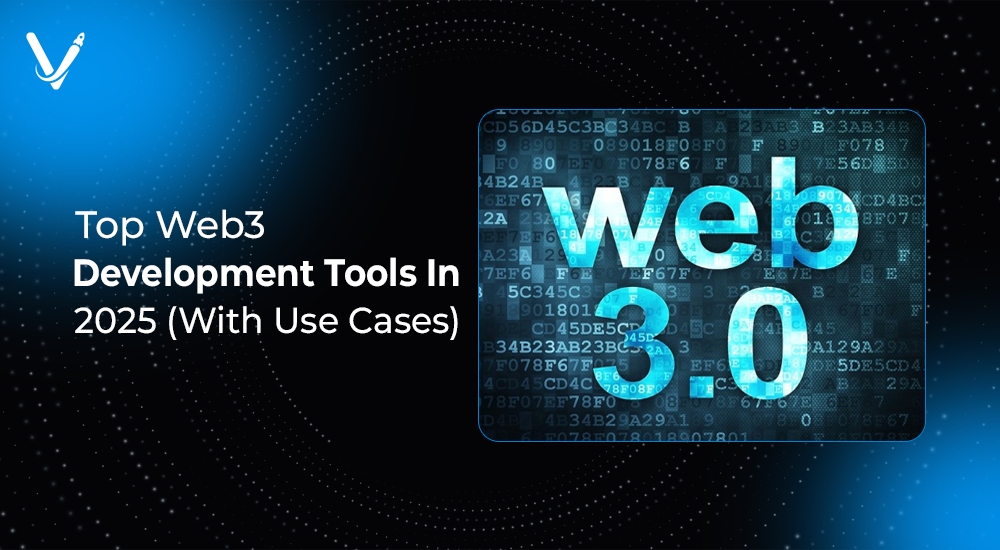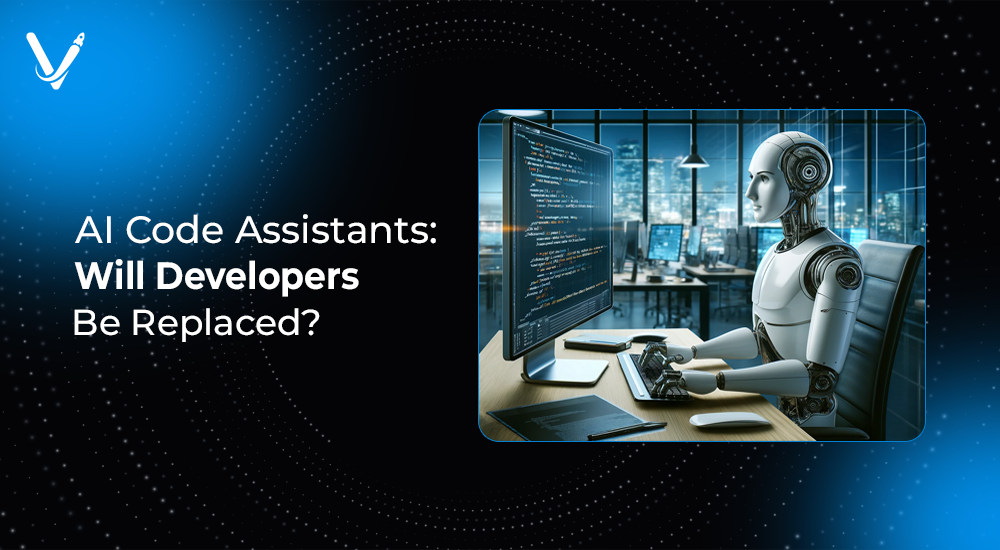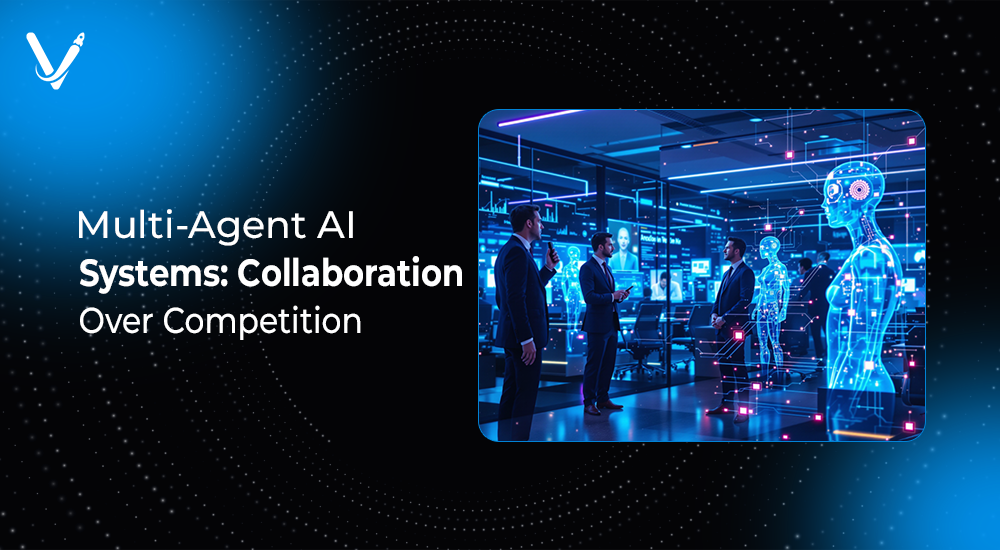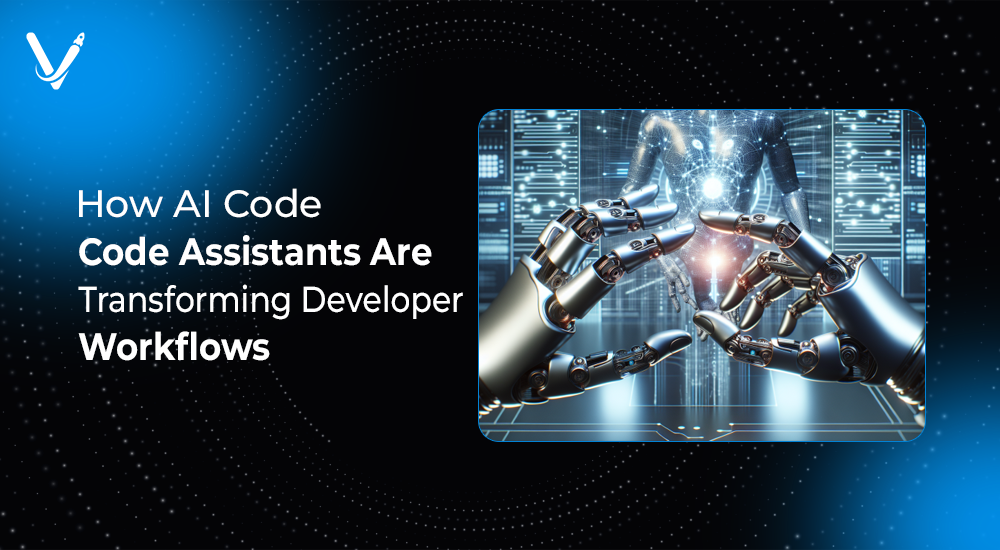How AI Helps Revive Failing Software Projects
 Chirag Pipaliya
Chirag PipaliyaAug 11, 2025
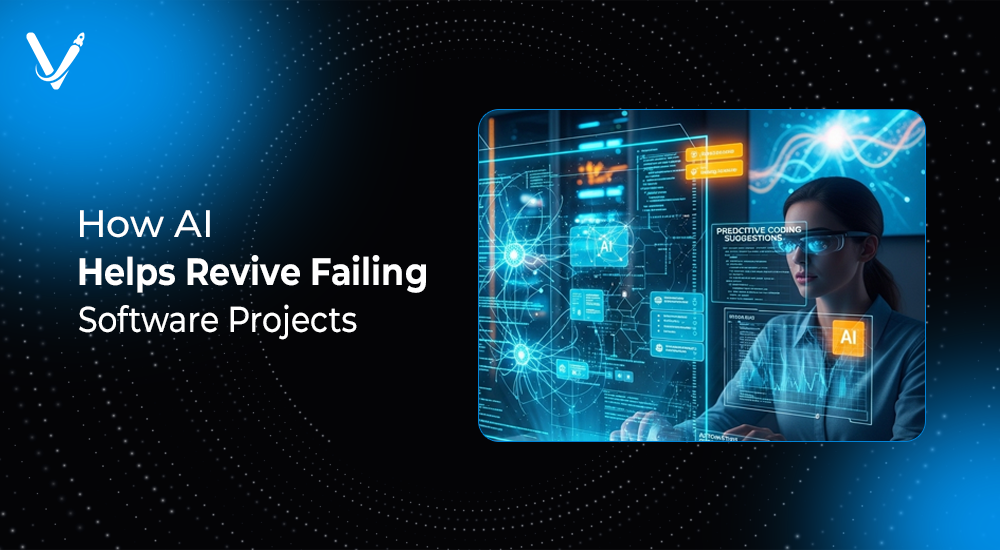
In the fast-paced world of technology, software projects often begin with high hopes, detailed plans, and ambitious goals. Teams envision innovation, efficiency, and market disruption. Yet, despite the best intentions, many projects hit roadblocks: missed deadlines, ballooning budgets, shifting requirements, or products that fail to meet user expectations. The result? Frustration, financial losses, and in some cases, total abandonment.
The good news is that advancements in artificial intelligence (AI) are transforming how teams can rescue struggling initiatives. AI is no longer just a futuristic concept; it’s an active partner in analyzing complex project data, identifying bottlenecks, predicting risks, and even suggesting or automating corrective actions. For failing software projects, AI can serve as the catalyst that transforms imminent collapse into a comeback story.
This article explores the core challenges of failing software projects, the ways AI intervenes, and the practical strategies companies can adopt to ensure projects not only survive but thrive.
Why Software Projects Fail
Before diving into how AI saves the day, it’s important to understand the root causes of project failures. Common culprits include:
Poor Requirements Gathering
Misunderstood or incomplete requirements often result in software that fails to align with business needs. Without clarity, development teams waste time building features no one asked for or omitting essential ones.
Scope Creep
New features get added continuously without proper planning or resource allocation. This inflates timelines and budgets while causing teams to lose focus on the original goal.
Inefficient Resource Management
A lack of visibility into team performance, workload distribution, or skill gaps can lead to burnout, inefficiency, and uneven productivity.
Inadequate Testing
When testing is rushed or incomplete, bugs slip into production, creating a poor user experience and costly fixes down the road.
Poor Communication
Misaligned goals between developers, managers, and stakeholders create confusion, duplicate work, and missed expectations.
Failure to Adapt
Markets evolve quickly. Projects that can’t pivot in response to changing business conditions risk becoming irrelevant before launch.
The Role of AI in Project Revival
AI offers more than just automation; it provides a strategic, data-driven approach to turning around struggling projects. Through predictive analytics, intelligent automation, and pattern recognition, AI systems can help teams identify trouble areas early, streamline processes, and adapt quickly.
Let’s break down how AI directly contributes to rescuing failing software projects.
1. Diagnosing Problems Faster with AI-Powered Analytics
One of AI’s strongest capabilities is rapid problem detection. Traditional project audits rely on manual review of status reports, code bases, and issue trackers. This process is slow and prone to oversight.
With AI:
- Code Quality Analysis: AI tools like DeepCode or Codacy can scan vast amounts of code, highlighting security vulnerabilities, performance issues, or style inconsistencies instantly.
- Performance Monitoring: Machine learning models analyze app performance metrics in real-time, flagging anomalies before they escalate into serious failures.
- Root Cause Identification: AI systems can trace recurring bugs to their source—whether it’s a faulty module, missing dependency, or a gap in developer training.
Example: An AI-powered dashboard could reveal that 70% of production bugs stem from a single feature rushed during the last sprint, allowing the team to focus efforts where they matter most.
2. Predicting Risks Before They Happen
AI excels at recognizing patterns that humans might miss. Predictive models can analyze historical project data, industry benchmarks, and team performance metrics to forecast potential pitfalls.
How Predictive AI Helps
- Timeline Risks: Predicts when deadlines are likely to be missed based on task completion rates.
- Budget Overruns: Monitors spending trends and warns when costs are likely to exceed projections.
- Quality Risks: Flags when defect rates exceed safe thresholds, suggesting additional testing phases.
- Team Burnout Detection: Uses workload patterns to identify overworked team members before productivity drops.
Case Insight: A development team using AI-based risk prediction might discover that a key dependency—an API from an external vendor—has a history of downtime. This early warning allows them to build a fallback plan instead of being caught off guard.
3. Streamlining Development with Intelligent Automation
Automation alone can’t save a project, but when combined with AI, it can remove tedious bottlenecks and free up developers for high-value work.
Key Areas of AI Automation
- Automated Code Generation: Tools like GitHub Copilot can suggest boilerplate code or even complex algorithms based on natural language prompts.
- Test Automation: AI-driven test case generation ensures broader coverage and catches more edge cases without manual effort.
- Continuous Integration & Delivery (CI/CD) Optimization: AI predicts the best build times, runs only necessary test suites, and reduces deployment errors.
By accelerating repetitive tasks, AI gives teams breathing room to focus on critical fixes and strategic pivots.
4. Enhancing Communication and Collaboration
Poor communication is a silent killer for software projects. AI can improve alignment between team members and stakeholders.
AI-Powered Collaboration Tools
- Natural Language Summaries: AI meeting assistants transcribe discussions, summarize key decisions, and highlight action items.
- Automated Progress Reports: Project management tools like Jira integrated with AI can auto-generate status updates for stakeholders.
- Sentiment Analysis: AI analyzes team chat platforms to detect frustration, confusion, or conflict, prompting managers to address issues proactively.
The result is a clearer, faster, and more transparent communication loop, which is critical when a project is under stress.
5. Improving Code Quality and Maintainability
A failing project often suffers from technical debt—accumulated issues in the codebase that slow progress and introduce bugs.
AI can:
- Identify unused code, outdated libraries, or redundant functions.
- Suggest refactoring strategies.
- Automate style and syntax corrections.
- Prioritize bug fixes based on severity and impact.
This ensures the code is not only functional but also scalable and maintainable for the future.
6. Supporting Agile Transformation
When traditional project management fails, many teams turn to Agile methodologies. AI can accelerate this transformation by:
- Tracking sprint performance and recommending adjustments.
- Analyzing backlog items for priority and feasibility.
- Suggesting optimal team compositions for specific tasks.
- Automating retrospective insights.
AI brings data-backed clarity to Agile, making adaptation faster and more accurate.
7. Aligning Product with Market Needs
Sometimes a project fails because it no longer aligns with customer demands. AI-powered market analysis tools can:
- Track user behavior in real-time.
- Analyze competitor offerings.
- Predict emerging trends.
- Suggest feature updates to maintain relevance.
This ensures the final product is not just functional but market-ready.
8. Case Study: AI-Driven Turnaround
Imagine a SaaS company whose flagship product is six months behind schedule and riddled with bugs. Using AI:
- Diagnostic Phase: AI tools identify that 80% of bugs are caused by outdated third-party libraries.
- Risk Mitigation: Predictive analytics warn that without addressing integration issues, the next release will fail load testing.
- Automation: AI-driven test suites run daily, catching regressions within hours.
- Market Alignment: AI analyzes customer feedback and reveals that a competitor’s new feature is drawing away users, prompting a pivot.
Within three months, the project is back on track, meeting deadlines and regaining market trust.
Implementing AI in Your Project Rescue Strategy
While the benefits of AI are compelling, successful adoption requires a plan:
- Assess Readiness: Ensure your data is clean, structured, and accessible.
- Choose the Right Tools: Select AI platforms that integrate with your existing workflow.
- Start Small: Implement AI in one or two high-impact areas before scaling.
- Train Your Team: Ensure everyone understands how to leverage AI insights.
- Monitor and Iterate: Continuously refine AI models based on real-world outcomes.
Conclusion: Turning Setbacks into Success
A failing software project is not the end—it’s an opportunity for reinvention. AI provides the tools, insights, and automation needed to identify problems quickly, predict future risks, and realign efforts toward success. By integrating AI into project management, development, and testing, teams can transform setbacks into stories of resilience and innovation.
At Vasundhara Infotech, we specialize in project rescue services and integration of AI to real-world business challenges, helping clients rescue failing projects and turn them into competitive advantages. If your project needs a second chance, our experts are ready to help. Contact us today.







